Marketing lambs
There are plenty of reports doing the rounds citing strong demand for lambs for live export for the Islamic festival of Eid al-Adha which takes place from 28 June to 2 July.
This is a situation which has been present in recent years, with live export numbers influenced by a number of factors, including the purchase and sale price and potential for exporters to generate a viable margin.
Exporters have been active in the last week in a few marts in Ireland and Northern Ireland. It is very evident from discussions with mart managers that the keenest demand was for suitable, evenly matched ram lambs.
Exporters do not want the hassle of finding homes for unsuitable sheep and this is leading to lower competition for mixed lots of ewe and ram lambs, or lots where there is a significant variation in weight, flesh cover and type.
As such, it is advisable to batch lambs accordingly and this message is the same irrespective of the market being targeted. The other marketing consideration which has come to light in recent weeks is that a significant number of lambs are killing underweight and under fleshed.
The reduction in factory prices has no doubt encouraged producers to move lambs faster and at lower weights, but it is a false economy to be drafting unsuitable sheep with cuts of upwards of €1-2/kg imposed on lambs lacking significant flesh cover and killing underweight.
Handling vaccines
The handling and storing of vaccines can have a big effect on their efficacy. The vaccine needs to be maintained at the optimum temperature, which is generally between 2°C and 8°C.
The ideal situation is where vaccines are stored in a cooler bag during transit and prior to use, so that this temperature range is maintained.
Take note also that it is equally as damaging to the efficacy of the vaccine where the temperature falls below 2°C. This can be a risk where vaccines are transported unprotected with freezer packs.
A tip that can be used to prevent issues is bubble wrapping the vaccine to protect it from freezing, while maintaining the environment at the desired temperature.
While on the point, it is important to check if storing vaccines in a fridge that it is at the optimum temperature.
For example, some older fridges can have a significantly lower temperature at the back of the fridge, which can harm the vaccine. Remember also to use the vaccine within the recommended time frame once the seal is broken.
Fly control
Flies are generally less active in the open when temperatures are high, but activity will still be high where animals are seeking shade, maintaining a risk of blowfly strike and nuisance flies such as head flies.
It is important to take care when applying preventative pour-on products to avoid administering during peak temperatures, as this increases the risk of product evaporating before it has had a chance to bind with the fleece.
The preferred approach is to apply in the evening, or where sheep can remain indoors for a period following its application.
TAMS sheep handling
The farm safety entry route offering 60% grant aid on sheep handling equipment is explained in detail on the opposite page. Take note of the tight timeline of 16 June to submit applications in tranche 1.




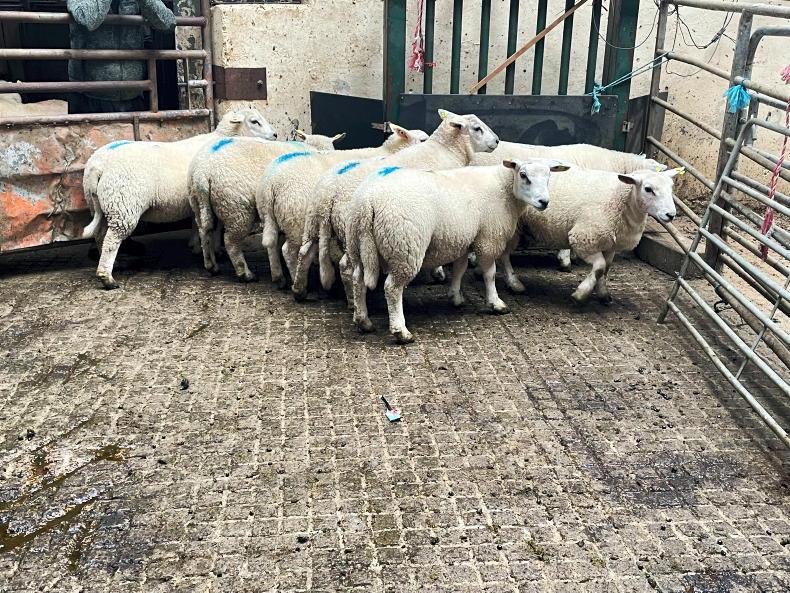
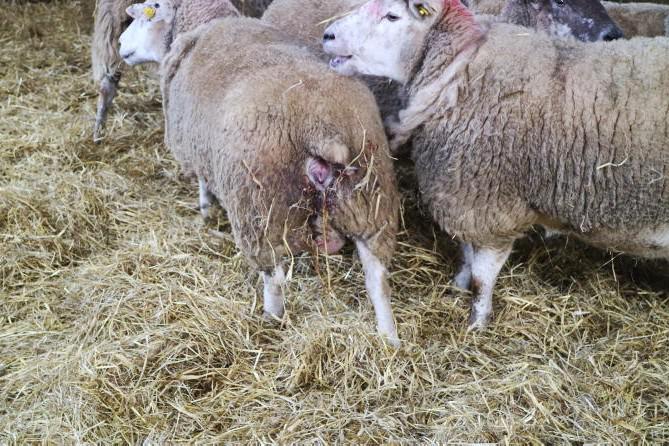

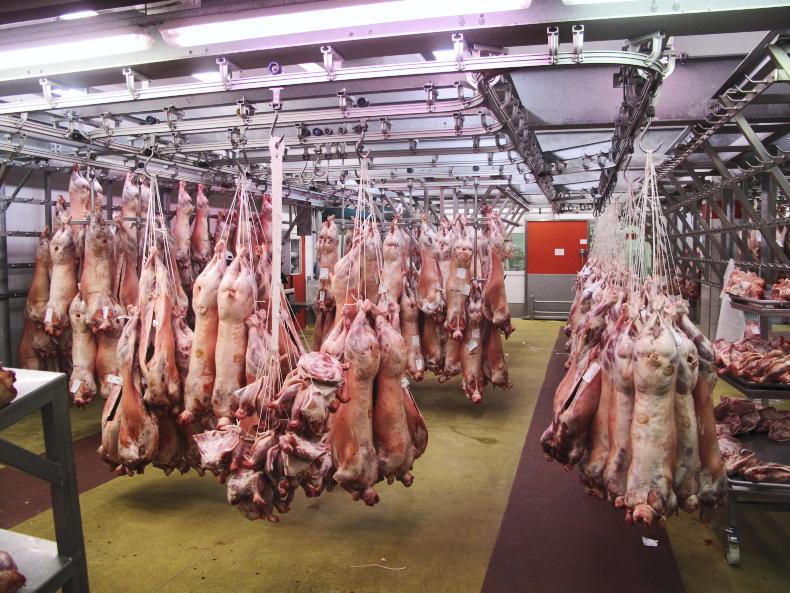
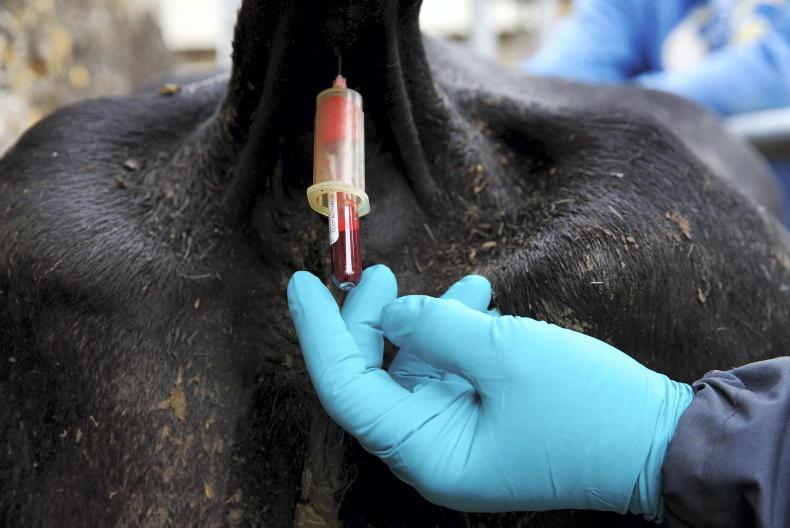
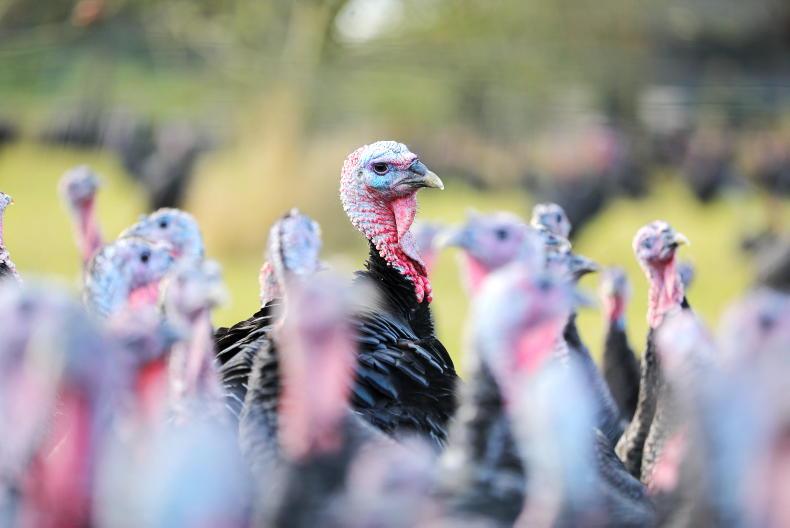
SHARING OPTIONS